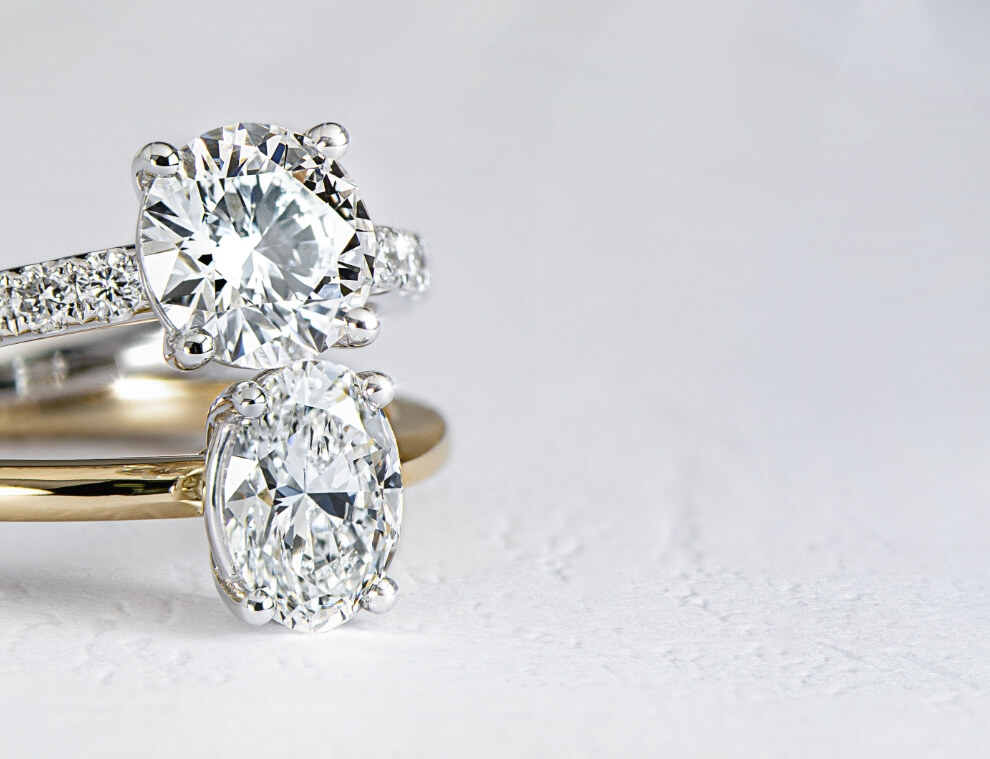Understanding the Causes and Treatment of Betta Fish Curved Spine
Betta curved spine, also known as “corkscrew disease”, is a relatively common condition among betta fish. It is characterized by a noticeable curve or twist in the fish’s spine, resulting in a deformed appearance. This condition can be concerning for betta fish owners, but with the right knowledge and understanding, it can be managed effectively. In this article, we will explore the causes of betta curved spine, as well as the available treatment options.
Table of Contents
Causes of Betta Curved Spine
The exact cause of betta curved spine is not fully understood, but it is believed to be a result of genetic factors, poor breeding practices, and environmental conditions. Inbreeding among betta fish can lead to genetic mutations that predispose the fish to spinal deformities. Additionally, improper tank conditions, such as inadequate water quality and overcrowding, can contribute to the development of betta curved spine.
Furthermore, nutritional deficiencies, specifically a lack of essential vitamins and minerals, can also play a role in the development of this condition. Betta fish require a balanced and nutritious diet to support their overall health and well-being. A lack of proper nutrition can weaken the fish’s skeletal structure, making them more susceptible to spinal deformities.
Treatment of Betta Curved Spine
Unfortunately, there is no known cure for betta curved spine. Once the condition has developed, it is typically irreversible. However, there are steps that betta fish owners can take to manage the symptoms and improve the quality of life for their fish.
First and foremost, it is important to provide the affected betta fish with a clean and well-maintained environment. This includes regularly monitoring water parameters, performing routine water changes, and ensuring that the tank is adequately sized for the fish. A healthy and stress-free environment can help alleviate any discomfort associated with the curved spine.
In addition, a balanced and nutritious diet can help support the overall health of betta fish with curved spine. High-quality betta pellets and frozen or live foods can provide essential nutrients and promote strong skeletal development. It is important to consult with a knowledgeable aquarium professional to determine the most suitable diet for the affected fish.
Conclusion
In conclusion, betta curved spine is a complex condition with multiple underlying factors. While the exact cause of this condition is not fully understood, it is likely influenced by genetic predisposition, poor breeding practices, environmental stressors, and nutritional deficiencies. There is currently no known cure for betta curved spine, but with proper care and management, affected fish can still lead a comfortable and fulfilling life. By providing a clean and well-equipped habitat, as well as a nutritious diet, betta fish owners can help minimize the impact of curved spine on their pets. It is crucial to seek guidance from experienced fish experts to ensure the best possible care for betta fish with this condition.
FAQs
Q: Can betta curved spine be prevented?
A: While genetic factors play a significant role in the development of betta curved spine, proper breeding practices and selection of healthy breeding stock can help reduce the likelihood of this condition. Additionally, providing a clean and spacious environment, as well as a well-balanced diet, can contribute to the overall health and well-being of betta fish, potentially minimizing the risk of spinal deformities.
Q: Is betta curved spine painful for the fish?
A: It is difficult to determine the level of discomfort experienced by betta fish with curved spine. However, providing a suitable environment and a nutritious diet can help alleviate any potential discomfort associated with the condition. Observing the fish for any signs of distress or abnormal behavior can also help gauge their overall well-being.
Q: Are there any specialized treatments for betta curved spine?
A: At this time, there are no specific treatments designed to reverse or completely alleviate betta curved spine. The focus is on providing a supportive and nurturing environment for affected fish, which includes maintaining optimal water quality, offering a well-rounded diet, and ensuring the fish’s overall welfare. Seeking guidance from experienced fish professionals can provide valuable insights into managing this condition effectively.
betta curved spine
Betta fish, also known as Siamese fighting fish, are popular pets known for their vibrant colors and long flowing fins. However, one common health issue that betta fish can suffer from is a curved spine, also known as “bent spine syndrome” or “S-curve syndrome”. This condition can cause the fish to have difficulty swimming and can also impact its overall quality of life.
There are several potential causes of curved spine in betta fish, including genetic factors, poor breeding practices, inadequate tank size, and poor water quality. In some cases, the curvature of the spine may be present from birth due to genetic factors, while in other cases, poor breeding practices and inbreeding can lead to deformities and health issues in betta fish. Additionally, keeping betta fish in small tanks or bowls can also contribute to the development of curved spine, as can poor water quality and inadequate diet.
When it comes to treating a betta fish with a curved spine, it’s important to address the underlying cause of the condition. If the curvature is due to genetic factors, there may not be a cure, but measures can be taken to improve the fish’s quality of life. Providing a larger, well-maintained tank with clean, filtered water and a balanced diet can help support the overall health and well-being of the fish. However, if the curvature is due to poor breeding practices or environmental factors, it may be possible to improve the condition through proper care and attention.
In some cases, betta fish with a curved spine may require additional support to help them swim and move comfortably. This can include providing soft plants or smooth surfaces for the fish to rest on, as well as reducing water currents and ensuring that the fish’s tank is free from sharp or abrasive surfaces that could injure the fish. Additionally, it’s important to monitor the fish’s overall health and seek veterinary care if the condition worsens or if the fish shows signs of distress or discomfort.
Preventing curved spine in betta fish starts with responsible breeding practices. Selecting healthy, genetically diverse breeding stock and avoiding inbreeding can help reduce the risk of genetic deformities and health issues in betta fish. Additionally, providing betta fish with an appropriate tank size, clean water, and a balanced diet can help support their overall health and well-being, reducing the risk of developing curvature of the spine.
In conclusion, understanding the causes and treatment of bent spine syndrome in betta fish is essential for ensuring the health and well-being of these popular pets. By addressing the underlying causes of curved spine, providing proper care, and seeking veterinary attention when needed, betta fish owners can help support the overall health and comfort of their fish. Additionally, responsible breeding practices can help reduce the risk of genetic deformities and health issues in betta fish, ultimately supporting the long-term well-being of these beautiful and fascinating creatures. betta curved spine










